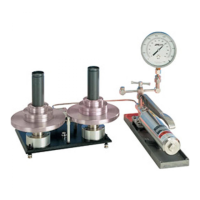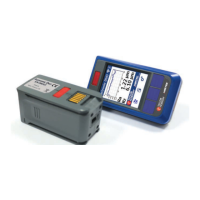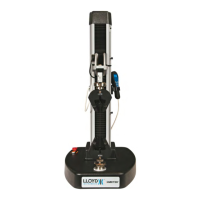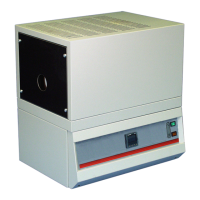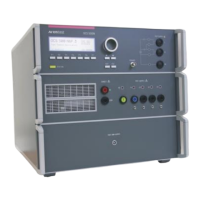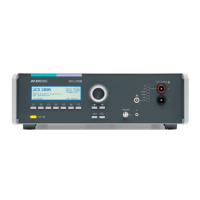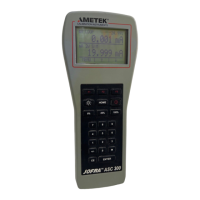36
© AMETEK, Inc.
Further explanation towards custom methods:
Ignition interval
The ignition interval indicates when an arc in the measuring chamber is generated. If the interval is 2°C, every 2°C of
temperature increase an ignition is activated.
If the parameter STEP is set too high, the resolution of the flashpoint is too low. That means if the STEP interval is too
high the results are imprecise. For higher STEP intervals the resolution of the detected flashpoint is decreasing:
(e.g.: Ignition interval=3°C; real flashpoint=78°C; measured flashpoint=81°C)
If this parameter is set too low, a reasonable sample- air mixture can’t be accumulated since the ignition is igniting
(“burning”) the mixture too often. Thus, the pressure increase is too low to detect a flashpoint.
In the methods ASTM D7094 + Screen D7094 the ignition interval is defined with 1 °C.
In the methods ASTM D6450 + Screen D6450 the ignition interval is defined with 1 °C.
In the freely programmable methods, the ignition interval can be freely adjusted.
In the methods ASTM D7094 + Screen D7094 the ignition time is defined with 19msec
In the methods ASTM D6450 + Screen D6450 the ignition interval is defined with 43msec
In the freely programmable methods, the ignition time is defined within 10-150msec
Heat rate
The programmed heating rate indicates the heating speed (temperature increase per minute).
A Heating rate setting too high inhibits a proper temperature equilibrium and good evaporation of the flammable
contents of the sample.
A Heating rate setting too low on the other hand increases the measuring time.
In the method ASTM D7094 the heating rate is defined with 2.5 °C/min (5 °F/min).
In the method Screen D7094 the heating rate can be adjusted.
In the method ASTM D6450 the heating rate is defined with 5.5 °C/min (10 °F/min).
In the method Screen D6450 the heating rate can be adjusted.
In the free programmable method, the heating rate can be freely adjusted.
Air
After each ignition fresh air must be introduced into the measuring chamber in order to get a proper flashpoint. The
amount of air that is needed depends on the evaporation behavior of the measured sample.
Strongly fuming samples need more air then pure liquids since fume is adulterating or is avoiding the flashpoint.
It is strongly recommended to be careful when adjusting the air ventilation. It leads to a higher flashpoint because of
too much air and this causes a fast disappearance of flammable vapors in the measuring chamber.
In the method ASTM D7094 + Screen D7094 the air ventilation is defined with:
Sample temperature (°C) Air (ml)
80 to 150 0.5
150 to 200 1.0
300 and above 2.0
In the method ASTM D6450 + Screen D6450 the air ventilation is defined with 1,5ml.
In the free programmable method, the air ventilation can be freely adjusted.
In preconfigured methods ASTM D6450 and D7094, ignition interval, heat rate and air ventilation are predefined and
cannot be changed.
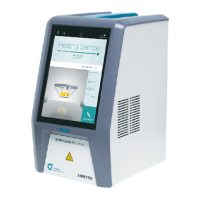
